In today’s digital landscape, your website is more than just an online presence; it’s a powerful tool that can convert casual visitors into loyal paying clients. However, many businesses struggle to achieve this transformation. Traffic without conversions is a waste. Here’s how to fix it.
Turning website traffic into paying clients isn’t an overnight process, but with the right strategies, you can increase your conversion rate significantly. In this article, we’ll explore five essential elements you need to create a website that not only attracts visitors but also encourages them to take action and make a purchase.
1. Clear and Compelling Call-to-Action (CTA)
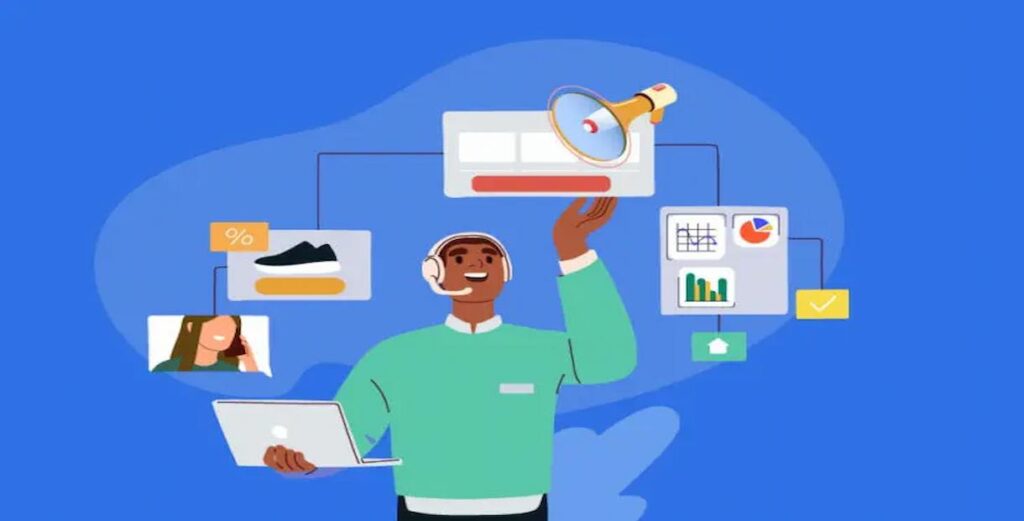
A well-crafted call-to-action (CTA) is one of the most important elements in converting visitors into clients. Your CTA is essentially your website’s invitation to take the next step, whether it’s signing up for a newsletter, requesting a quote, or making a purchase.
Why it matters:
If website visitors don’t know what action they should take, they’ll leave without engaging. A clear CTA guides them on what to do next and provides direction.
Actionable Tips:
- Be specific: Instead of a generic “Click here,” use action-oriented language like “Get your free consultation” or “Start your 30-day free trial.”
- Use contrasting colors: Make your CTA button stand out by using a color that contrasts with the rest of your website’s color scheme.
- Position it wisely: Place your CTA above the fold, so visitors don’t have to scroll down to find it. Additionally, consider repeating the CTA in strategic places throughout your website (e.g., at the end of blog posts, in sidebars, and on landing pages).
Real-World Example: A software company offering a project management tool might use a CTA like “Start Your Free 14-Day Trial” prominently on their homepage. This is specific, actionable, and encourages immediate engagement.
2. Trust-Building Elements
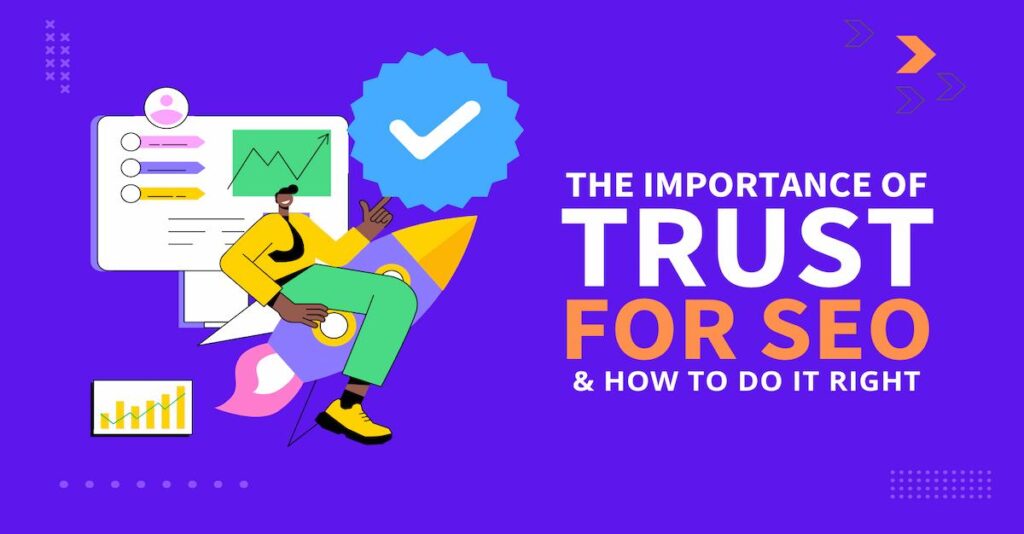
Building trust is a crucial step in converting visitors into paying clients. Website visitors are often skeptical about making a purchase or providing personal information online, especially if they are unfamiliar with your brand.
Why it matters:
Trust is a significant factor in decision-making. When your website conveys credibility, visitors are more likely to feel comfortable and confident in becoming clients.
Actionable Tips:
- Customer testimonials: Feature reviews or testimonials from satisfied clients to show that others have had positive experiences with your product or service.
- Security badges: Display SSL certificates, payment security logos, or any relevant certifications to reassure visitors that their information is safe.
- Case studies: Share detailed case studies or success stories that highlight the results clients have achieved using your products or services.
Real-World Example: An online retailer might include a badge that says “Secure Checkout” near their CTA buttons, along with customer reviews showcasing satisfaction with the product and delivery.
3. High-Quality, Engaging Content
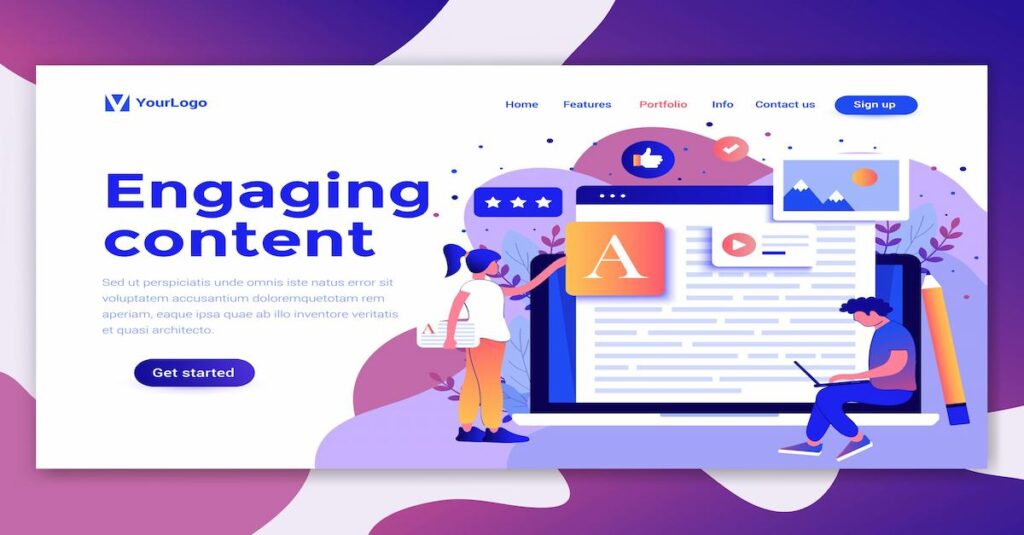
Your website visitors need to feel informed and engaged in order to take the next step toward becoming paying clients. Providing valuable content that answers their questions, solves their problems, or educates them about your offerings is key.
Why it matters:
Content that resonates with your audience builds relationships and shows that you understand their pain points. When visitors feel understood, they’re more likely to convert.
Actionable Tips:
- Use blogs, videos, and infographics: Create content that educates and entertains. Blogging regularly can also improve your website’s SEO, bringing in more organic traffic.
- Answer frequently asked questions (FAQs): A dedicated FAQ page helps address potential doubts and offers quick solutions, which can prevent visitors from leaving due to confusion or uncertainty.
- Interactive elements: Add quizzes, calculators, or interactive tools that provide value and encourage visitors to engage more deeply with your website.
Real-World Example: A digital marketing agency might have a blog with articles like “How to Increase Website Traffic in 30 Days” and a video testimonial from a client discussing the agency’s impact on their business. This kind of content not only informs but also builds credibility.
4. User-Friendly Design and Navigation
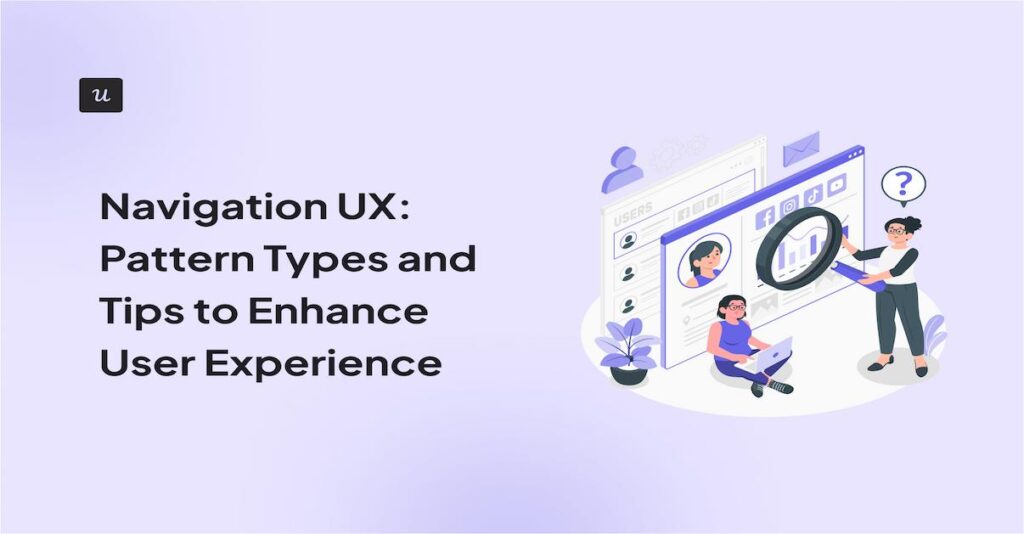
A clean, intuitive website design that is easy to navigate can significantly affect whether visitors stay and convert. If your website is cluttered, slow to load, or difficult to navigate, you risk frustrating potential clients and losing their business.
Why it matters:
A positive user experience increases the chances that website visitors will trust you with their business. A seamless, visually appealing website encourages visitors to explore more and makes it easier for them to take action.
Actionable Tips:
- Simplify navigation: Organize your menu and pages logically, keeping the structure simple. Ensure visitors can easily find what they’re looking for.
- Mobile optimization: More people are browsing websites on mobile devices than ever before, so make sure your website is responsive and easy to use on smartphones and tablets.
- Fast loading speed: A slow website can drive visitors away. Use tools like Google PageSpeed Insights to identify and fix any performance issues.
Real-World Example: An e-commerce website with clear categories for products, a search bar, and a streamlined checkout process ensures that visitors can easily find and purchase items without frustration.
5. A Strong Value Proposition
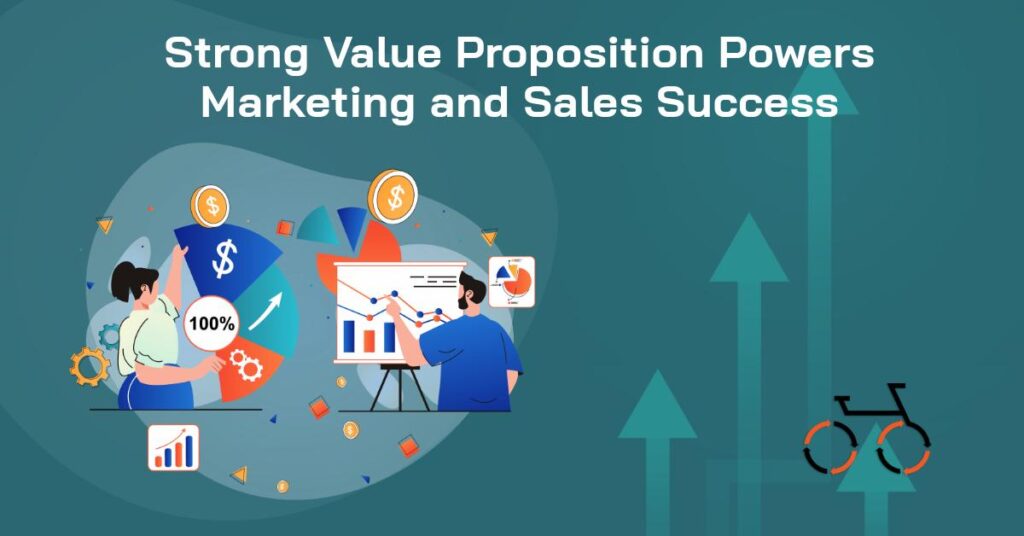
Your value proposition is the unique benefit or solution your website offers to visitors. It’s essential to clearly communicate what makes your business different and why potential clients should choose you over competitors.
Why it matters:
A compelling value proposition answers the question, “What’s in it for me?” and helps visitors quickly understand the benefits of working with you.
Actionable Tips:
- Be concise and clear: Your value proposition should be prominently displayed on your homepage, preferably in a headline or tagline. It should immediately communicate the core value of your service or product.
- Use social proof: Highlight any industry awards, certifications, or media mentions that help reinforce your value proposition.
- Offer a guarantee: If applicable, offer a money-back guarantee or a satisfaction promise. This can lower the perceived risk for visitors considering making a purchase.
Real-World Example: A SaaS company might have a clear value proposition like “Increase Your Team’s Productivity by 30% in Just One Month” right on their homepage, immediately showing visitors how they’ll benefit by using the product.
Conclusion: Turning Visitors into Clients Is Within Reach
Converting website visitors into paying clients isn’t magic—it’s a strategy that involves creating a user-centric experience, building trust, and clearly communicating the value of your product or service. By implementing the five must-have elements outlined in this article, you’ll be well on your way to improving your website’s conversion rate and turning casual visitors into loyal, paying clients.
Remember, it’s not just about attracting visitors—it’s about providing them with a seamless, engaging, and informative experience that encourages them to take action. Start by reviewing your website and see where you can enhance these five key areas, and soon enough, you’ll begin to see the results in your bottom line.




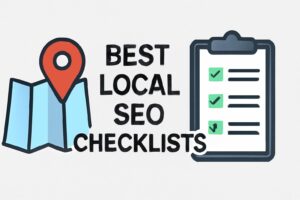
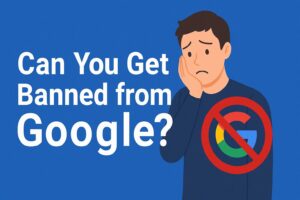

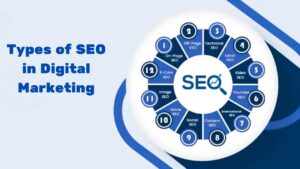

Add comment
You must be logged in to post a comment.